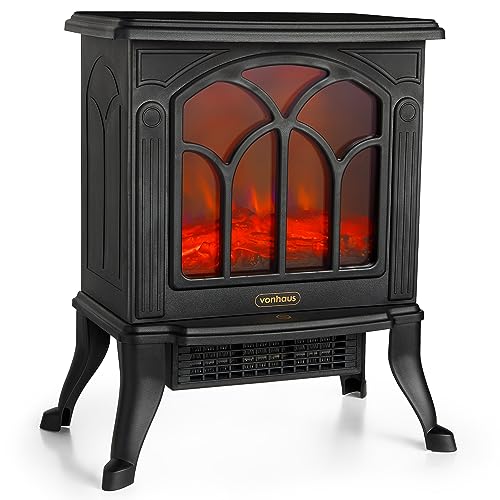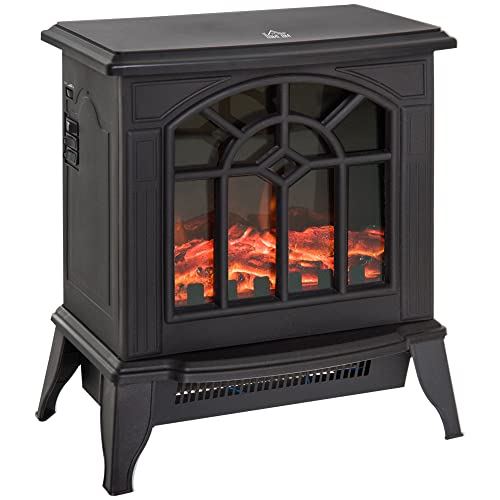Overview
-
Sectors Energy and Utilities
-
Posted Jobs 0
-
Viewed 210
Company Description
What’s The Current Job Market For Bioethanol Fireplace Professionals?
The Benefits of an Ethanol Fireplace
 Ethanol fireplaces are a great alternative to gas or wood fires because they don’t need the use of a chimney or a flue. They don’t produce smoke, ash, or mess and can easily be moved from one home to another.
Ethanol fireplaces are a great alternative to gas or wood fires because they don’t need the use of a chimney or a flue. They don’t produce smoke, ash, or mess and can easily be moved from one home to another.
Use bio-ethanol only on the burners designed to burn the fuel. The warranty of your burner may be voided in the event that you use other gels or liquid fuels.
Cost
 The price of a bioethanol fire place varies depending on the kind and design you select. There are models ranging from a few hundred to a few thousands dollars, but they’re usually less expensive than a traditional wood or gas fireplace. Certain models are freestanding, while others can be affixed to a fireplace, or recessed into a wall. Ethanol fires are also more environmentally friendly than their wood-burning counterparts.
The price of a bioethanol fire place varies depending on the kind and design you select. There are models ranging from a few hundred to a few thousands dollars, but they’re usually less expensive than a traditional wood or gas fireplace. Certain models are freestanding, while others can be affixed to a fireplace, or recessed into a wall. Ethanol fires are also more environmentally friendly than their wood-burning counterparts.
Bioethanol fires are popular due to their beautiful, natural flame without any smoke or soot. They can be used virtually anywhere and are easy to maintain. However, you should only make use of bioethanol fuel specifically designed for use with these fireplaces. Other types of fuel could harm the burner and increase the risk of fire. In addition, you should not store flammable materials close to the bioethanol fire (https://www.fireplacesandstove.com).
Ethanol fireplaces are great to heat rooms, but they shouldn’t be relied on as your primary source of heat. They are much more efficient than wood-burning fireplaces and they are able to generate a substantial amount of heat, around 2kW in average. This isn’t enough to warm an entire home, but it could certainly warm a smaller room.
In addition to the actual cost of an ethanol fireplace you will need to consider other expenses related to maintaining the unit. The fireplace should be stored in a secure location, away from pets and children. You should always adhere to the manufacturer’s directions for adding fuel, putting out the flame, and allowing the burner to cool.
An ethanol fireplace is an excellent alternative to traditional wood-burning stoves or an electric fire. This fire has the main benefit that it doesn’t need the chimney. You can save money by not having to build and maintain one. It is also safer as opposed to other types of fireplaces. But it is still a good idea to seek advice from a professional before making a final decision. You can be sure that the fireplace has been installed safely and correctly.
Environmental impact
A fireplace that is ethanol-powered is an eco-friendly alternative to traditional wood-burning fireplaces. It is powered by bioethanol which is created by the fermentation of sugar and starch elements of the waste products of plants like corn, straw, and maize. The biofuel’s liquid undergoes further distillation to let it burn efficiently and cleanly. This kind of fuel is thought to be renewable energy source that produces no harmful emissions or odours. It’s also free of smoke and soot. This makes it a safe choice for your home.
They can be put in any room of your home because they don’t require venting or chimneys. They are easy to use, and most models have at least one remote control. Many models come with built-in cooling systems to prevent the fuel from getting too hot. They can be used as a primary heat source or as an additional heating unit. They are also ideal for people who live in apartments or condos.
Bioethanol fireplaces produce minimal odours. This makes them an excellent choice for homes with people suffering from asthma or allergies. This type of fireplace is safe to use in a nursery or a child’s room. The fireplaces should be kept away from flammable items such as furniture or curtains.
One of the biggest benefits of an ethanol fireplace is its simplicity of use. It is easier to install than a fireplace that burns wood and doesn’t require complicated electrical connections or installations. Moreover, the liquid fuel can be stored in a portable tank, so that it is easily moved from room to room. This lets you take pleasure in the warmth of fireplaces without having to face the hassle of stacking, chopping and cleaning wood.
A bioethanol fireplace produces very little pollution. This makes it an ideal choice for those who are concerned about the environment. Additionally, these fireplaces are a great way to save energy and money.
Safety
A bioethanol fireplace is a secure alternative to an open flame. They burn cleanly and emit less smoke than other alternatives, and are easy to use. However, as with all fireplaces and other fire-producing appliances they can be dangerous if used incorrectly. These fireplaces require particular care and attention, so it’s important to read the directions carefully and follow them strictly.
If you’re using a bioethanol fireplace ensure that you put it in a place that is well ventilated and away from other fire-prone materials. Also ensure that pets and children are kept away from the fireplace. Do not move it while the fire is still burning. This could cause an explosion.
Bioethanol fireplaces aren’t as hazardous as gas or wood fireplaces, but there are certain safety guidelines that must be adhered to for a safe operation. This includes keeping all flammable objects at least 1500mm from the burner and never touching it when the flame is burning. Also, it’s important to never refill a fire using non-approved fuel.
The burning process of bio-ethanol fire places is safe, especially if you follow the instructions. The fuel is pumped into a vapour accelerator where it evaporates and is ignited by the filament. This method of combustion ensures that the fuel is fully combustion-free, which means it is free of smell and harmful substances such as dioxins and furans.
It is essential to follow the directions given by the manufacturer when installing or operating an ethanol fireplace. Additionally they should be kept clear from combustible materials like curtains and newspapers. They should be kept at a good distance from other appliances in the home and should not be placed near sleeping children or animals.
A bio ethanol fireplace has the main advantage that it doesn’t release any harmful fumes or odours. This is a safe choice for homes with pets or small children. They are also more convenient to use than traditional fireplaces as they do not require a chimney and don’t trigger carbon monoxide poisoning. They also have many benefits, such as the flexibility of their installation and the ability to move them around easily.
Installation
A bioethanol fireplace is a great method to add ambiance and warmth to your home. They come in a variety of styles and can be mounted in different ways. They can be wall-mounted, built-in, freestanding or see-through. You must always review the installation instructions for a fireplace prior to installing it. This will ensure that you won’t encounter any issues during the installation process and your fireplace is safe to use.
The process of installing a bioethanol fireplace is fairly easy. It involves constructing a frame in the wall to accommodate the fireplace and fitting the burner inside it. The frame should be constructed of an inert material that is not flammable. This will prevent the fire from burning your wall. It also stops the flame from spreading to other areas of the room. The frame must be attached to the wall using suitable screws and dowels.
As opposed to other types of fireplaces, ethanol fires do not require a chimney or flue. This makes them more cost-effective for homeowners. In addition they can be utilized in any room in the house and can be easily moved from one place to another. Moreover, they do not produce any harmful emissions.
When properly used, a bioethanol fireplace is very safe. As with all fires it is essential to keep it away from children and other flammable surfaces. The fuel should be stored in a secure location and the fire should be put out prior to refilling.
Ethanol fireplaces are simple to maintain and don’t produce ash or soot. They are a great choice for those concerned about the effect on the environment of traditional wood-burning fireplaces. Ethanol fireplaces are also an excellent alternative to electric or gas fireplaces.
While bioethanol fireplaces are an excellent addition to any home however, they shouldn’t be used as the primary source of heat. They are designed to add warmth and create a cozy atmosphere, but are not powerful enough for heating an entire home. The best method of installing a bioethanol fireplace is to get an expert to handle the task.


